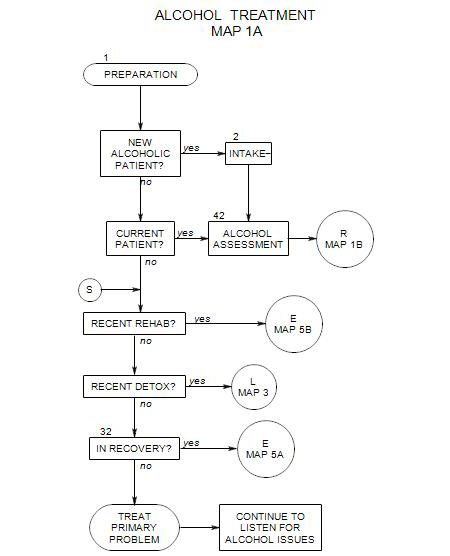Map 1A provides a first step in working with a patient who may have alcohol issues. He/she may be…
- A current psychotherapy patient whom you suspect of misusing alcohol.
- A new patient referred [or self-referred] for alcohol involvement.
- A patient who comes to you – or comes back to you – after detoxification or rehabilitation.
- A patient – new or already in psychotherapy – who is in recovery and needs special attention because of a history of alcohol misuse.
- A patient who appears not to have a problem with alcohol.
In any case, there is much to be done to prepare for the work. Some of this is discussed in Section 1, as indicated at the top of the flow chart. You can click on this link to read Section 1.
On the flow chart, different kinds of patients are shown down the left hand side and next steps are indicated to the right. What you do next will depend on how you see this patient at this time.
A patient who is currently in psychotherapy and may be misusing alcohol presents a dilemma for the therapist. On the one hand, a heavy-handed interruption of treatment to assess for alcohol misuse can disrupt the work or drive the patient from treatment. On the other hand, failure to identify and deal with alcohol misuse can undermine psychotherapy, by ignoring alcohol use as both a major defense and a source of other symptoms you may be trying to treat. Because the patient is coming already, there will be opportunities to evaluate the possibility of serious alcohol misuse and address it in that context.
A new patient who comes because of alcohol misuse can be given a detailed intake [See Section 2] and assessment [discussed in Section 42], which then provides a basis for the decisions of Map 1B and subsequent work.
Detoxification is a medical procedure for people who are physiologically addicted. A person who comes after detox will usually say so, and will be looking for additional treatment of some sort. [For more on detox, see Section 7.] When a patient comes after detox, the issue of rehabilitation needs to be considered, because detox in itself if usually not enough for a person to manage his or her drinking. Rehab is discussed on Map 3, so the flow chart directs you there next.
Rehabilitation is an extended period of time in which a person who is not physiologically addicted learns to manage his or her life in more effective ways than by drinking. A person who arrives after rehab generally needs additional support in managing alcohol, along with psychotherapy. Post-rehab treatment begins on Map 5A.
A person in recovery may have alcohol misuse under control but still be aware of a need for additional work. A good place to pick up treatment planning is with Map 5A, where the next therapeutic choices are considered.
When a patient doesn’t appear to have a problem with alcohol misuse, the rest of this map may be irrelevant for treatment. It is best to continue with psychotherapy but also continue to listen for misuse, in case you have missed something.
